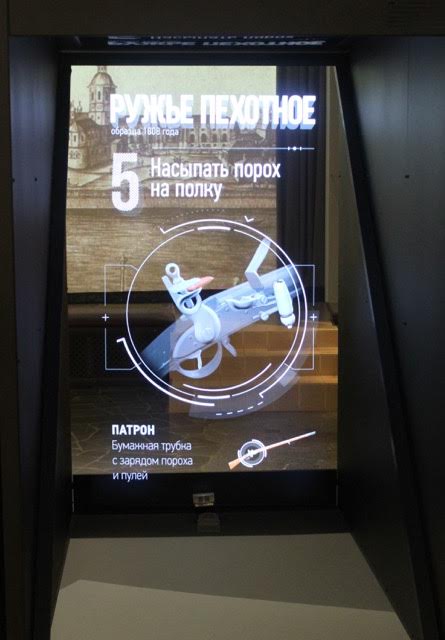0
%
Now loading:






 The pearl of the Royal Guns collection in the Museum’s collection is the flintlock carbine made in memory of the visit of Catherine II to the Tula Arms Factory in 1775.
The pearl of the Royal Guns collection in the Museum’s collection is the flintlock carbine made in memory of the visit of Catherine II to the Tula Arms Factory in 1775.

 On an interactive holographic display you can get acquainted with the components and operation principle of a flintlock gun.
On an interactive holographic display you can get acquainted with the components and operation principle of a flintlock gun.
| Caliber | 12.7 mm |
| Total length | 1.17 m |
| Barrel length | 0.77 m |
| Weight | 1.94 kg |